Do sunbeds give you vitamin D?
.png?v=1674127288766)
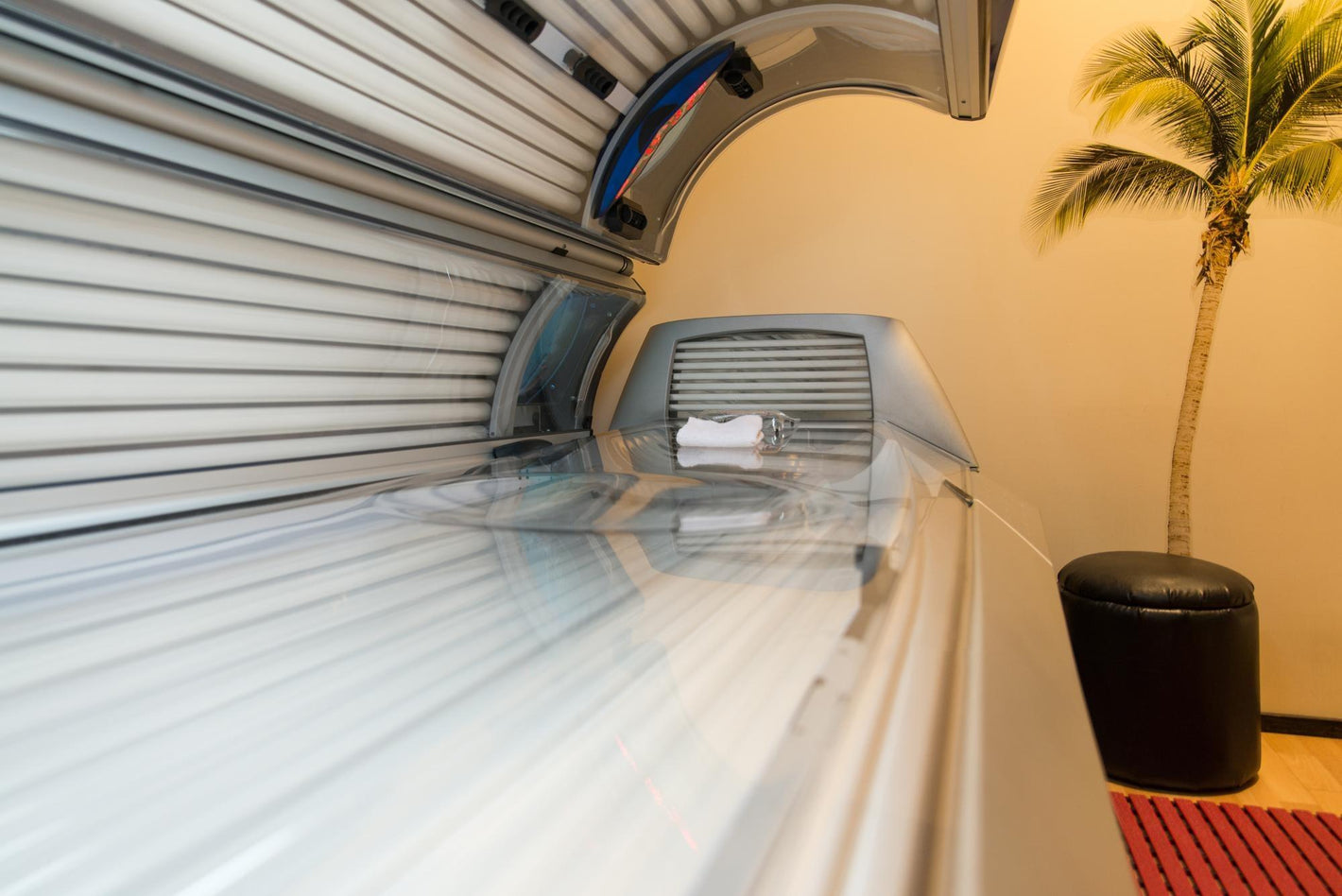
Related products
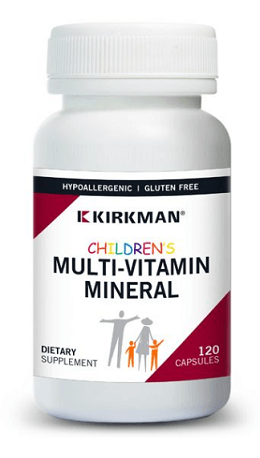
Vitamin D is a vital and important nutrient for our bodies. It may even help to prevent several disorders, including cardiovascular, autoimmune and oncologic ailments.
Sunbeds can raise serum vitamin D levels. However, in most cases, it will only be temporary as ultraviolet (UV) B radiation is the most crucial precursor for vitamin D synthesis.
It is well known that vitamin D is a necessary substance that aids in controlling the body's calcium levels and maintaining the strength and health of the bones. If you are looking to buy Vitamin D supplements, we stock the highest quality vitamin D at Welzo. Although more research is needed, there is growing evidence that Vitamin D performs many additional functions, possibly even reducing the risk of cancer and other chronic diseases.
Want to check your vitamin D levels? Order a Vitamin D test from Welzo
Sources of Vitamin D
Getting enough vitamin D is important for your overall health.
UVB radiation from the sun helps to synthesise about 90% of the necessary Vitamin D. A small amount of vitamin D can be obtained from dietary supplements such as oily fish and cod liver oil. However, the primary source of vitamin D production is UVB radiation.
Read more: What is vitamin D? Everything you need to know
Vitamin D and Sunbeds
According to recent studies, UV from exogenous sources like sunbeds can produce vitamin D more effectively than natural UV.
Sunbeds resemble the sun's rays by emitting a controlled amount of UVA, which causes skin pigmentation, and UVB, which produces vitamin D. Increased Vitamin D levels can be achieved by the healthy use of tanning beds and other devices.
However, when using a sunbed, individuals should adhere to the irradiation time advised based on their skin type and avoid overexposure.
Since the amount of sunlight exposure is reduced in the winter, individuals aren't getting the vitamin D they need to keep healthy, and there have been many cases of vitamin D insufficiency observed during this time. Even exposure from months prior cannot ensure an ideal vitamin D. The months from October through March are included in this time frame.
Read more: What is vitamin D spray?
Health Benefits of Sunbeds
The climate in many nations worldwide makes it difficult for people to reveal their skin to direct sunlight. Sunbeds may help you get adequate levels of vitamin D (and a tan) by simulating the UV rays that the sun gives your body.
1. Sunbeds provide Vitamin D
The majority of individuals think that UV radiation hurts the skin. This is a major misunderstanding because UV light is only dangerous in excess. In fact, it is crucial to expose your body to UV rays since they aid in the synthesis of Vitamin D (popularly known as the sunshine vitamin) by the body from its precursor chemicals. This process is stopped in the absence of UV rays, and your body is unable to manufacture the necessary amount of vitamin D.
Vitamin D can be obtained through supplements; however, using sunbeds allows you to mimic natural processes and obtain Vitamin D.
Find vitamin D supplements on the Welzo store, shop here.
2. Useful in the treatment of certain skin conditions
Like most other conditions, skin conditions can range in severity from moderately uncomfortable to highly disabling. Even less severe skin disorders, such as acne, vitiligo, and pruritus, can nonetheless may be a negatively impacting your life, making them significantly worse than their apparent clinical consequences.
Numerous skin disorders, including acne, psoriasis, contact dermatitis, urticaria, vitiligo, scleroderma, and many UV-responsive dermatoses, are manageable and even curable when medical treatment is combined with exposure to sunlight.
3. Can reduce depression
Winter depression, commonly referred to as seasonal affective disorder (SAD), is a form of depression that affects persons who live in latitudes throughout the winter. Fatigue, restlessness, increased drowsiness, fatigue, and an excessive appetite for carbs are some symptoms of this condition.
It is believed that the scarcity of sunlight is responsible for the occurrence of this illness. It is well understood that the body reacts to access to sunlight and UV radiation by generating endorphins, which give individuals a wonderful feeling. Conversely, in those who are susceptible to it, a lack of this stimulus might result in Seasonal Affective Disorder. Some patients' symptoms of this ailment have been proven to be improved by sunbeds.
Adverse effects of Sunbeds
1. Overexposure to UV radiation
Because sunbeds emit the same irradiation as the sun, the same precautions must be taken as when you would go out into the natural sunlight. Most sunbed users come from temperate or cold climates. Therefore, they frequently overexpose themselves to UV rays since they are unaware of the measures that should be followed while exposed to tropical radiation levels.
Read more: Is SPF 50 sunscreen better for you?
2. Premature ageing of the skin
Overexposure to ultraviolet radiation has been associated with early ageing of the skin, which results in a dry, scaly, and furrowed appearance. This is due to the negative effects of sun exposure.
Find moisturisers, creams and lotions for combatting dry, ageing skin on the Welzo store here.
3. Increase the risk of developing skin cancer
According to studies, the increased usage of sunbeds is a contributing factor to the rising rates of melanoma, a kind of skin cancer. However, some experts believe that incorrect diagnoses, increased rates of timely identification and other external conditions brought on the increase in occurrences. However, sunbeds may cause other concerns like basal cell carcinoma and squamous cell carcinoma.
Read more: Signs and symptoms of skin cancer.
How to reduce the negative impact of tanning beds?
While there are hazards associated with using sunbeds, most of them can be reduced via awareness and education about how to use them safely. Here are a few suggestions to help you maximise the benefits while reducing the risks:
1. Without first consulting your doctor, never use a sunbed. Consult a dermatologist to determine the number of sessions and lengths that are best for you, given your skin type and any other relevant issues.
2. Use the sunbed no more than 10–15 times a year. Never overuse it and avoid scheduling two times more than 48 hours.
3. To reduce the chance of overexposure, avoid being in the sun's direct rays the day after your treatment.







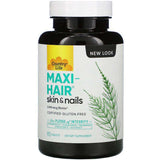

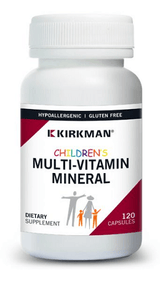
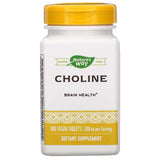
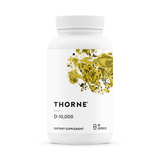
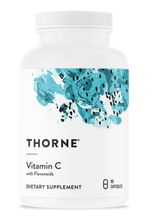




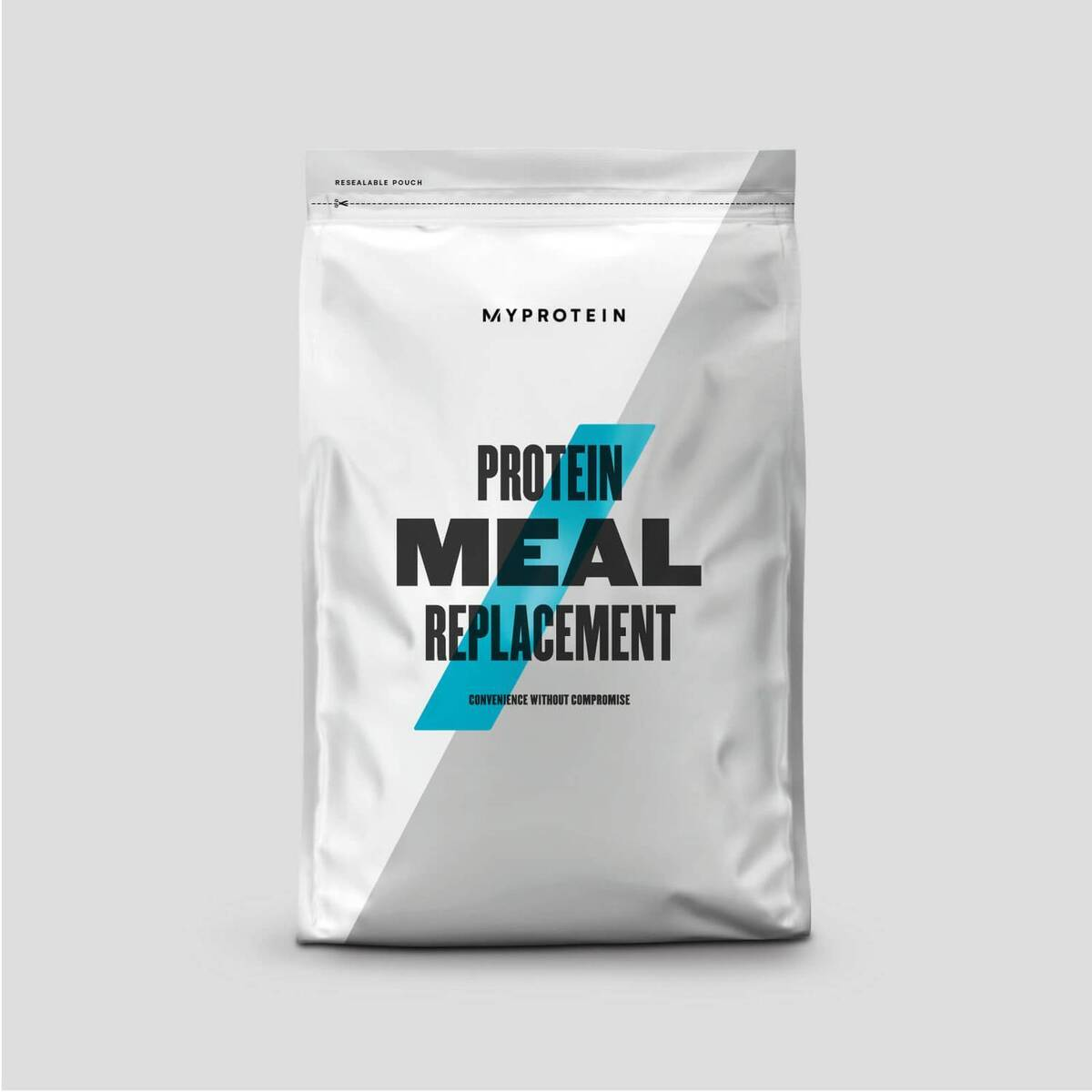

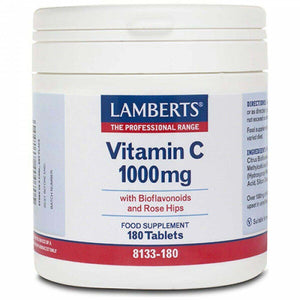



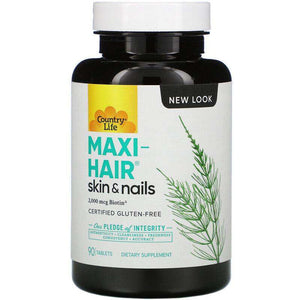

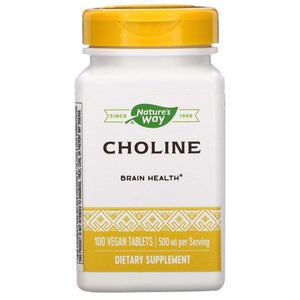
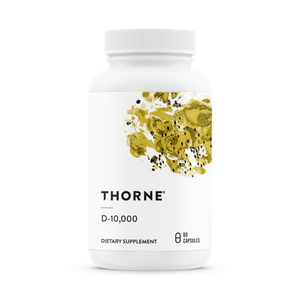
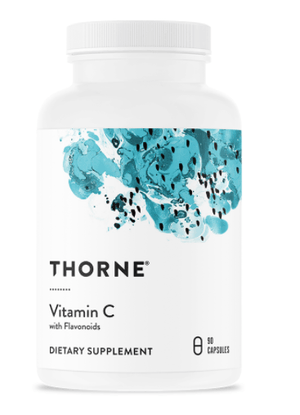
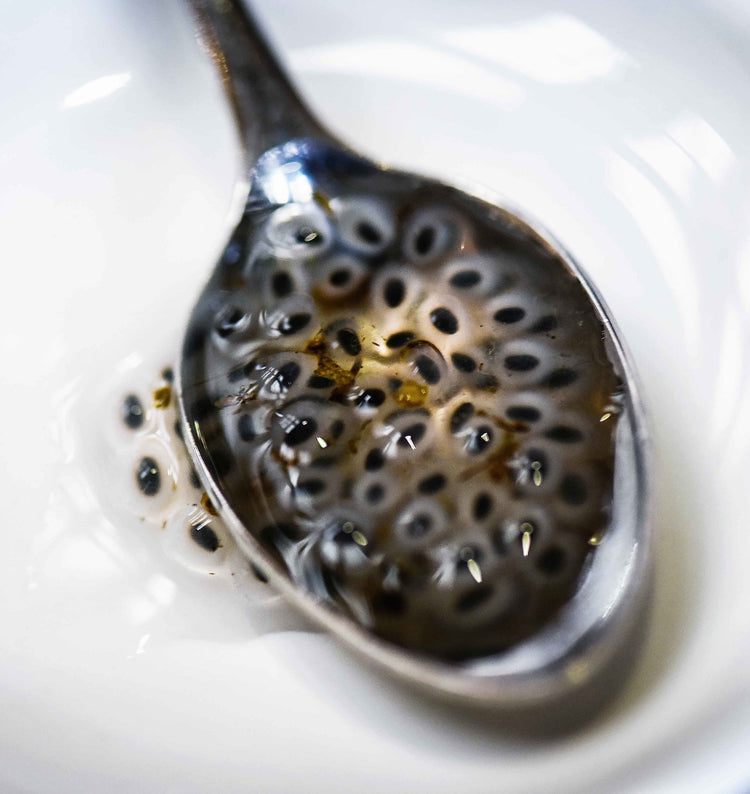


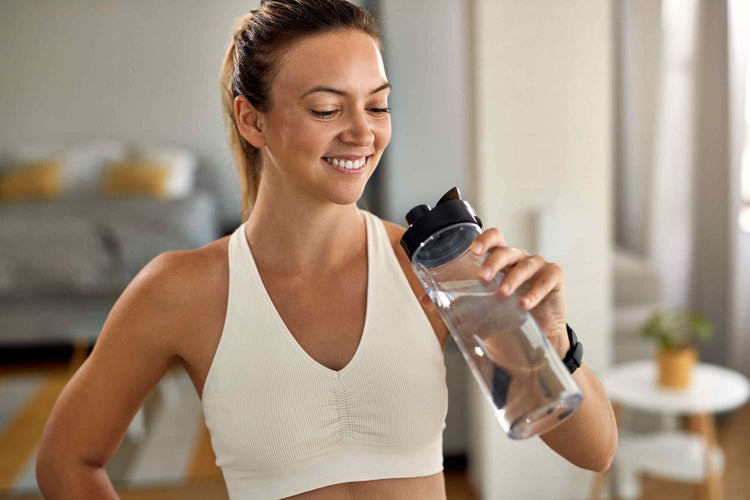


 Rated Excellent by 26,523+ Reviews
Rated Excellent by 26,523+ Reviews